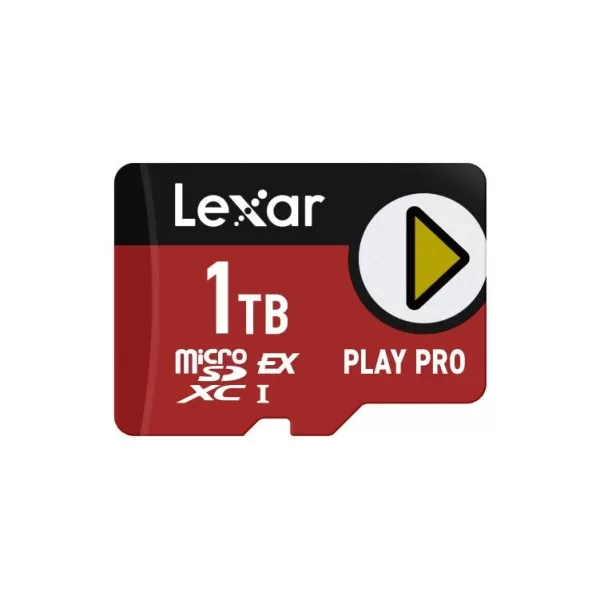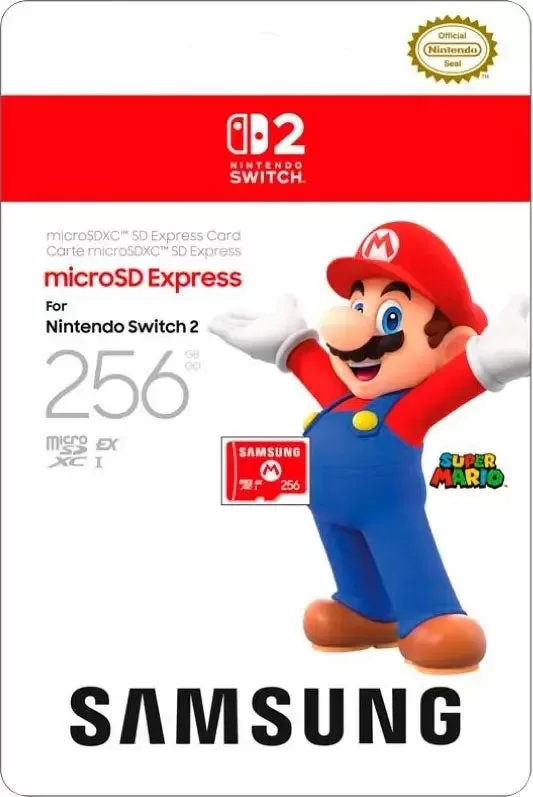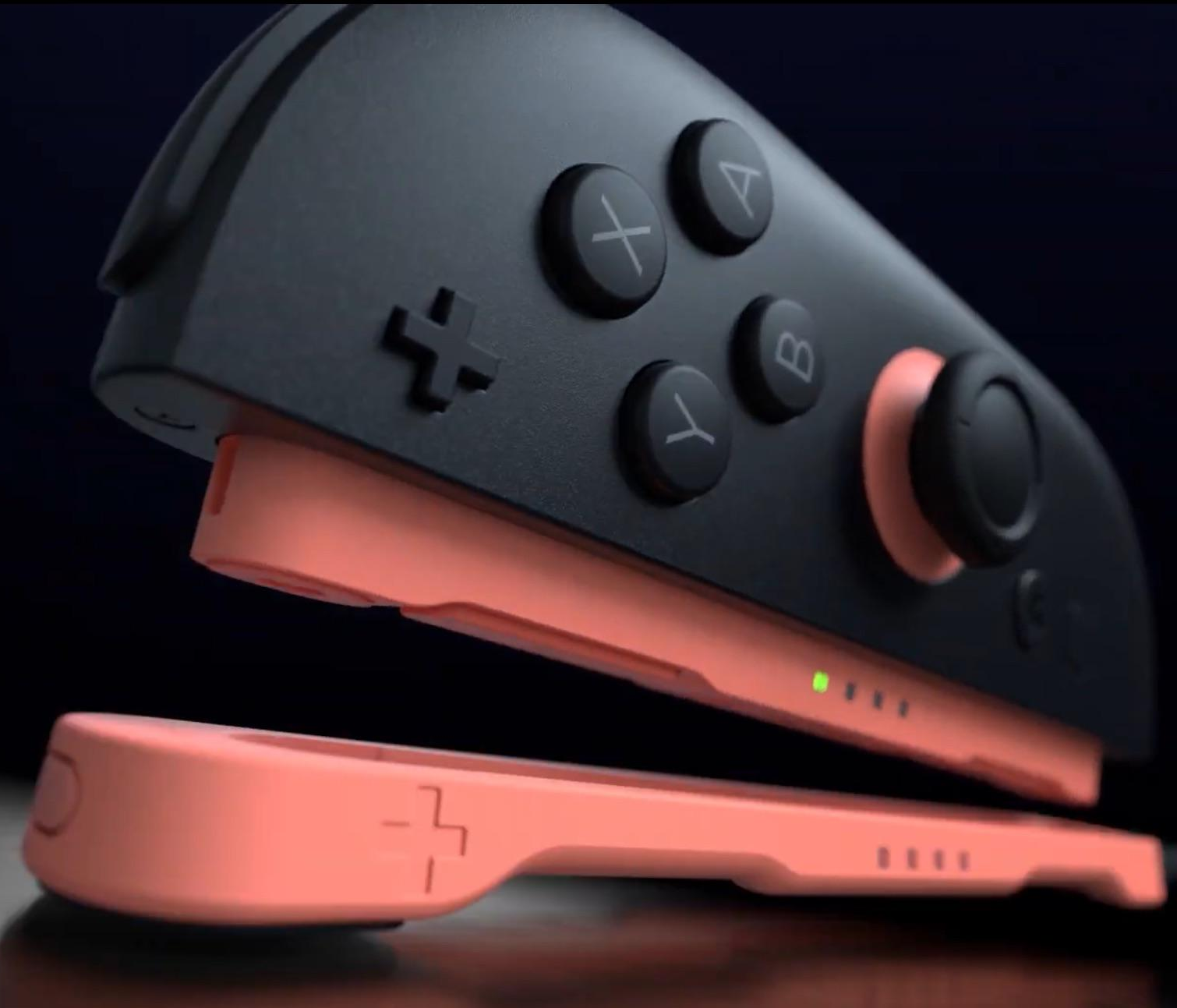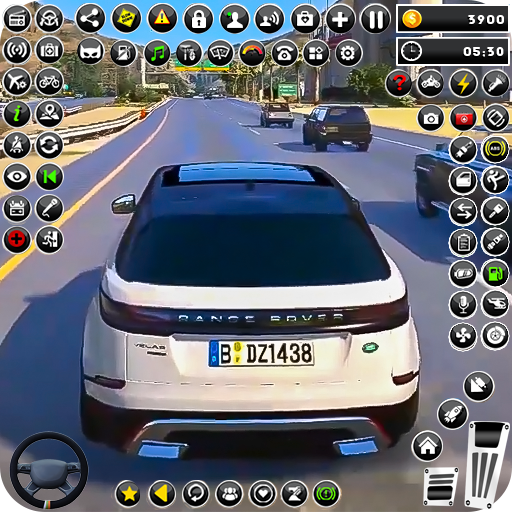If you're eagerly awaiting the arrival of the Nintendo Switch 2, you'll want to consider its storage limitations early on. With only 256GB of built-in storage, loading up on games might require some strategic planning—uninstalling and reinstalling games repeatedly can quickly become a hassle. To avoid this, expanding the storage is essential. However, unlike the original Switch, the new model demands a MicroSD Express card. These cards are faster than traditional UHS-based SD cards but come with a higher price tag.
Currently, Play Pro MicroSD Express cards have been around conceptually, but their availability has been limited due to niche demand among creative professionals. As the Switch 2 launch approaches, expect a surge in these cards hitting the market to meet the growing demand.
It’s worth noting that since the system isn’t officially released yet, I haven’t personally tested any of these cards. However, most brands producing these cards are well-established and known for delivering high-quality products.
Why MicroSD Express?
Nintendo’s decision to enforce MicroSD Express cards stems from the need for faster storage. The internal flash memory in the Switch 2 mirrors the speed of modern smartphone-grade UFS flash, surpassing the older eMMC technology in the original Switch. This ensures consistent performance regardless of where games are stored—internally or externally. Regular MicroSD cards are limited to handling screenshots and videos from the first-generation Switch. Unlike consoles like the PS5, which allow slower external drives for legacy games, the Switch 2 offers no such flexibility. If you want additional storage, a MicroSD Express card is your only option.
1. Lexar Play Pro
The Best MicroSD Express Card

The Lexar Play Pro stands out as the fastest and most capacious MicroSD Express card currently available, supporting read speeds up to 900MB/s and offering storage capacities up to 1TB. Despite its premium pricing, it remains the top choice for those seeking peak performance. However, due to heightened demand ahead of the Switch 2 release, stock is scarce, and it may take some patience to secure one. For now, Adorama offers it on backorder until July. If you're determined to snag the best option, keep an eye on inventory updates.
2. SanDisk MicroSD Express
The Readily Available Option

SanDisk, a trusted name in storage solutions, also offers a MicroSD Express card. While it tops out at 256GB, effectively doubling the Switch 2’s internal storage, it’s a solid value proposition. With read speeds of up to 880MB/s, it performs admirably for everyday gaming tasks. Additionally, it’s far easier to purchase compared to the Lexar Play Pro, making it an attractive option for immediate upgrades. If you prefer convenience over cutting-edge performance, this card fits the bill.
3. Samsung MicroSD Express for Switch 2
The Official Option

While details remain sparse, Samsung’s MicroSD Express card is officially tied to the Switch 2. Known for reliability, Samsung products often bring peace of mind, even amid uncertainty regarding specific specifications. As of now, there’s little concrete information about its performance or capacity offerings. I’ve reached out to Samsung for further insights, and I’ll update this guide accordingly.
MicroSD Express FAQ
How Fast is MicroSD Express?
MicroSD Express cards leverage PCI Express 3.1 technology, significantly boosting transfer speeds compared to older SD formats. Full-sized SD Express cards can reach up to 3,940MB/s, while MicroSD Express variants max out at 985MB/s. Although not as rapid as SSDs in PC setups, they far exceed the capabilities of conventional MicroSD cards.
How Long Will a MicroSD Express Card Last?
Like all SD cards, MicroSD Express cards aren’t designed for indefinite use. Environmental conditions and frequent writes can impact longevity. Expect a lifespan of approximately 5-10 years under typical usage scenarios. Always back up critical data to ensure long-term security.
 Home
Home  Navigation
Navigation






 Latest Articles
Latest Articles










 Latest Games
Latest Games












